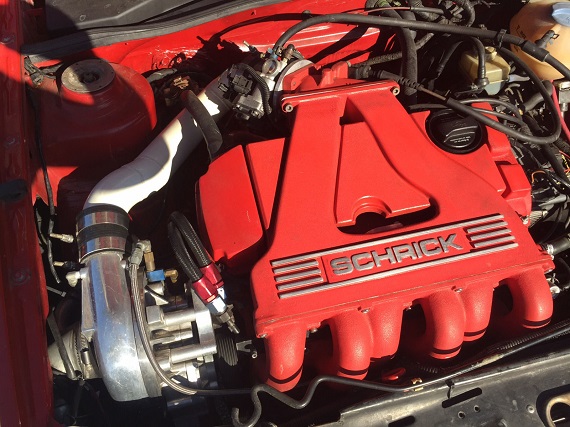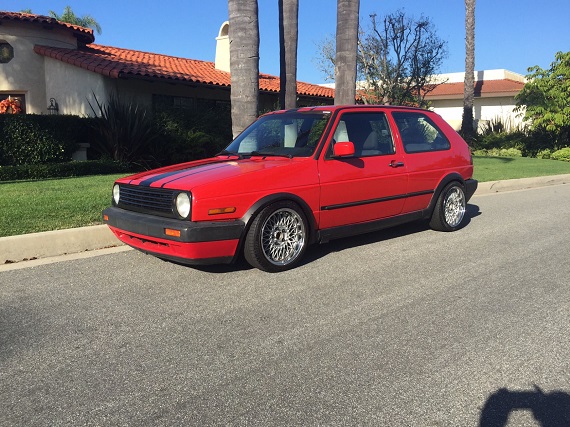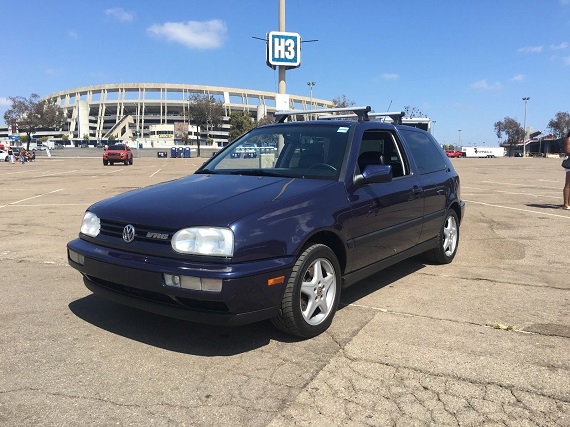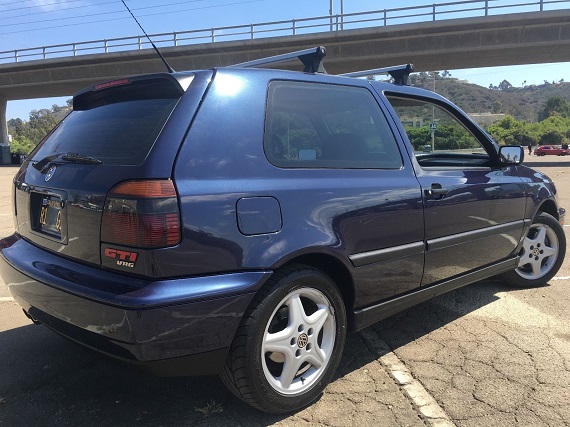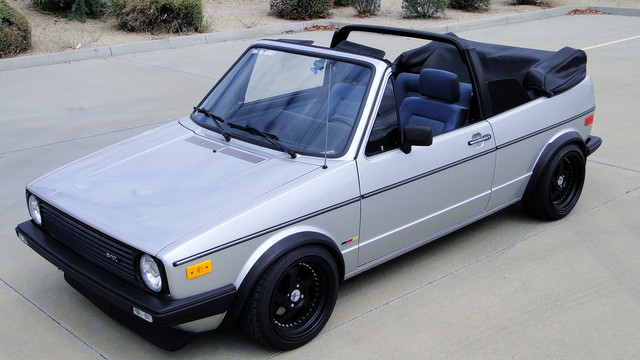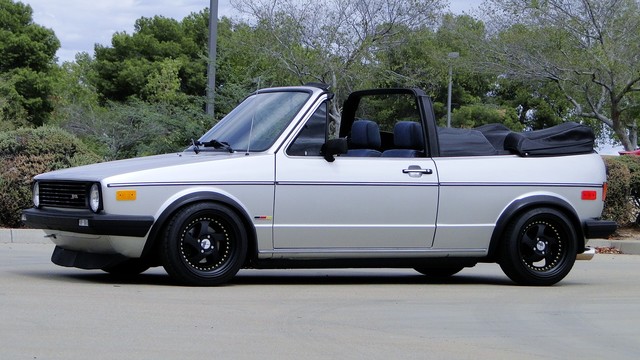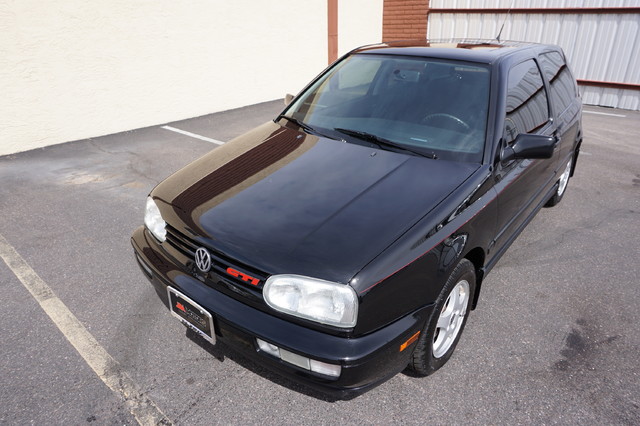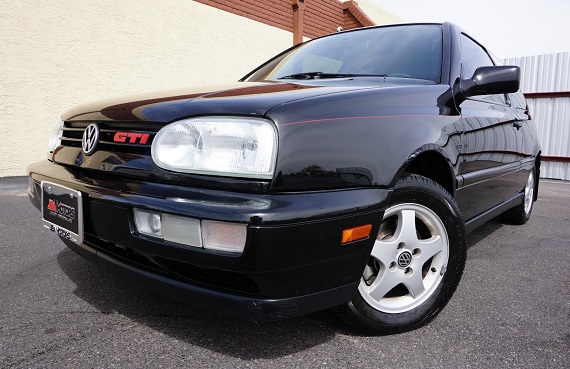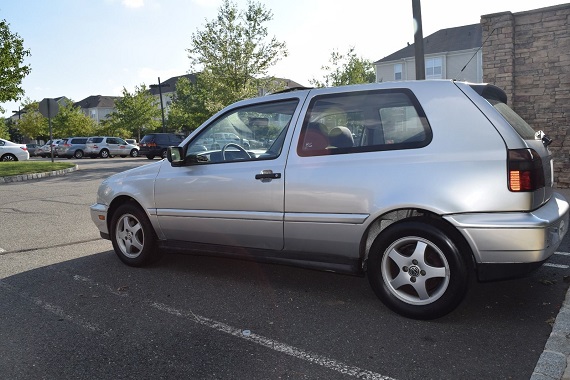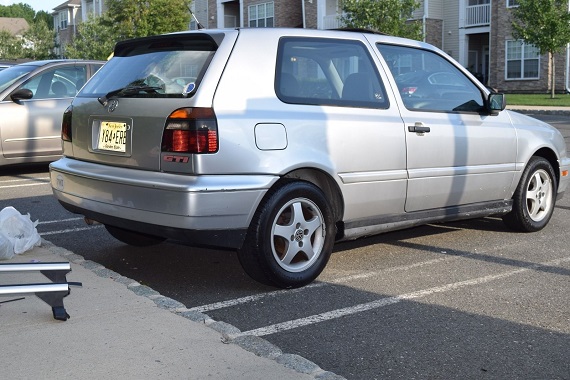It’s hard to say which is more popular – S50/52 swaps into E30s or VR6s into everything Volkswagen. But there’s a reason they’re so popular; they’re relatively cheap and they work. Can you achieve VR-power levels in a 9A 16V? Sure. Will it cost you and be a pretty compromised road motor? Yes, so suddenly the appeal of the ubiquitous VR-swap makes a bunch of sense. The results here turn what was a butch looking but relatively slow 8 valve GTI into a performance machine. That’s helped by a dose of performance parts including a trick Schrick intake, but it’s the supercharger that will really motivate you here. With over 100% more power the ride should be exhilarating!
Tag: GTi
The third generation Volkswagen GTI 2.0 might just go down in history as the least appealing of the brand name. Starting with the move to 16 valves in the second generation, the 8 valve models would play second fiddle as mostly an appearance package slapped onto an economy car. But while the second generation had the benefit of butch good looks, flared arches and the signature quad-round headlight arrangement to make you feel that you had gone upscale, when it came to the third generation’s base GTI it was a bit of a head-scatcher. It wasn’t that you didn’t get equipment; your $16,000 got you lots of standard items such as air conditioning, an upgraded stereo, power sunroof and door locks, and a few other premium-feel items (An alarm! Specially colored seat fabric!). The meat of the GTI was the appearance changes, though – from the 14″ alloy wheels to the dual-chamber headlights and projector fog lights, along with smoked tail lenses and a roof-mounted antenna, the special grill held the all-important letters “GTI”. But the performance of the ABA 2.0 inline-4 was standard Golf fair and the suspension wasn’t upgraded – this was, after all, just a Golf. That meant 0-60 in a lethargic 10 seconds unless you fried the front tires and knocked .2 seconds off – the result of all those “luxury” item additions. The 2.0 was a poser, then, and lived fully in the shadow of the high-output VR6 model which packed a full 50% more power in the same package but with upgraded brakes, suspension and wheels. The premium to jump to the VR6 was about $3,500 – a lot of money. But the leap in performance well paid off for your additional indebtedness, and consequently the 2.0 seemed to be popular only with college-bound Jersey girls who were convinced their compact economy hatch was actually a bumper-car ride at an amusement park. Few survive in the condition of this one today:
